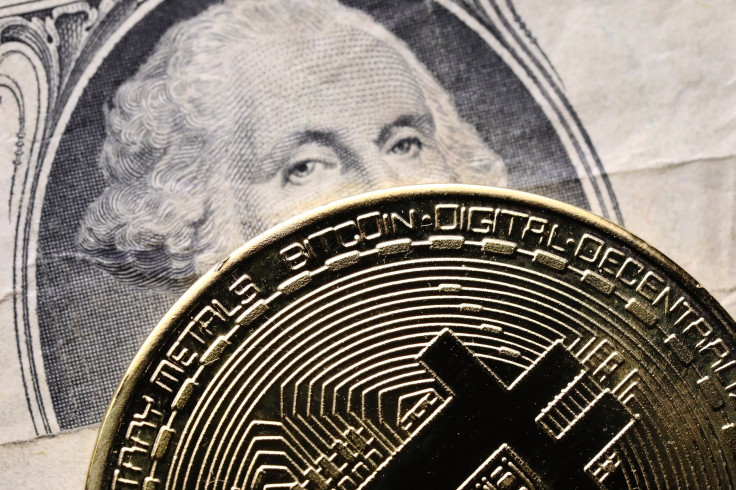What Are Stablecoins? Why Investors Are Moving To Cryptocurrency's Safest Bet
KEY POINTS
- Stablecoins use blockchain like any other cryptocurrency, but also tie their value to an outside variable
- By guaranteeing a token's value with conventional currency, commodities, or even other cryptocurrency, stablecoins minimize instability
- The Trump administration recently gave banks the go-ahead to exchange and host stablecoins
Stablecoins are taking a promising step forward after the Department of the Treasury approved them for use by U.S. banks. While that helps them progress toward being a currency on par with those issued by governments, many are still unclear on what exactly stablecoins are and what sets them apart from other cryptocurrencies.
Like other digital currencies, like Bitcoin, stablecoins use blockchain technology to store tokens and confirm transactions. That means every device using the currency stores an index of who has what, maintaining the registry through a distributed network of peers rather than a central server.
As noted by the Corporate Financial Institute, the downside to conventional cryptocurrency is its instability: like any currency, its value as an asset is tied to exchange, but unlike other currencies, there’s no government anchoring the exchange rate. While that’s enabled Bitcoin’s meteoric rise, the value could fall just as quickly.
Stablecoins attempt to mitigate that by tying their value to another variable. Some stablecoins create an exchange rate with a conventional currency, for example, requiring anyone producing more tokens to hold that many dollars in reserve as collateral. The tokens can then be exchanged or held with all the utility and security of a digital currency while mitigating the downsides.
Another option is tying it to a commodity, like precious metals, mirroring how governments help guarantee their money. This is done with an independent third party that holds custody of the goods.
Stablecoins can also be tied to the value of other cryptocurrencies. This, however, largely negates the advantage of stablecoins and would only be useful if some additional utility, like larger or smaller denominations, was gained in the conversion.
All told, the advantages stablecoins offer were apparently enough for the Trump administration’s Department of the Treasury, who on Jan. 4 approved U.S. banks to exchange them and participate in stablecoin networks.
If banks begin participating or even issuing their own stablecoins, it could allow for faster online transactions of U.S. dollar amounts, something the Federal Reserve has been slow to embrace. With stablecoin infrastructure as a workaround, businesses might not have to wait for the Fed to make its own online currency system.
The Treasury seemed to acknowledge that possibility in its Monday announcement.
“The primary role of banks is to act as financial intermediaries, facilitating the flow of money and credit among different parts of the economy,” the document reads. “The evolving financial needs of the economy have led to a demand for banks to use [independent node verification networks] to carry out their financial functions.”

© Copyright IBTimes 2024. All rights reserved.











